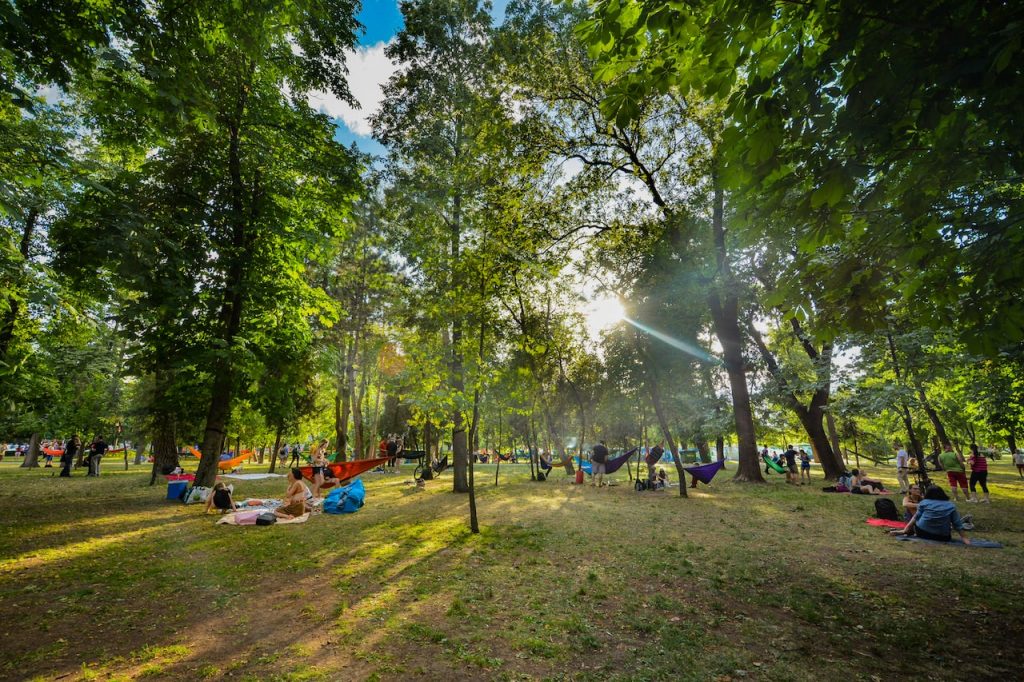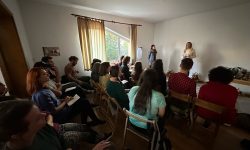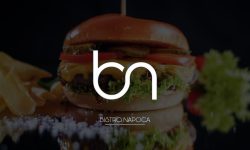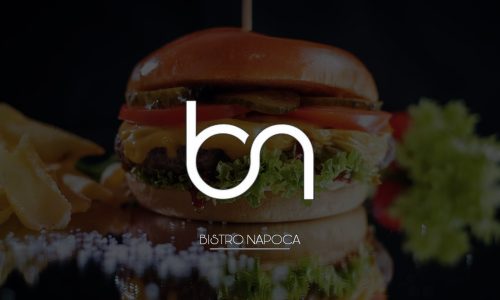The Cluj-Napoca Central Park, or Parcul Central Simion Barnutiu”, is one of the Cluj’s most enticing locations. With over 180 years of history, it is one of the main green spaces in Cluj-Napoca.
HISTORY OF THE PARK
The history of this park dates back to 1827, when the Women’s Charity Organisation rented the grove with the intention to create a place within the city which would be suitable for longer walks. The land at the time was a swampy area, which required work carried out by the municipality in order to convert the space which was frequently flooded by the river.
By 1833, plans were already underway to start the development of the park and on 22nd April 1838, the park was officially founded and work continued on the park over the course of many decades. Demolition of the original medieval city walls were used to drain the whole area, holes were dug and filled with organic material from areas which are now today Piata Mihai Viteazul, Avram Iancu and Stefan cel Mare squares.
The project of developing the lake was overtaken by the architect, Anton Kagerbauer and work started in 1871. The park received a development boost following the 1896 Hungarian millennium celebrations, when designs were created for a Skating Pavilion, the Chios, the fountain, and the brass band pavilion, all of which were designed by Lajos Pákei, a famous architect from Cluj.
20TH CENTURY
During the 20th century, the park benefitted from many modernisations and changes, including lighting down the main alley, expansion of the lake, which resulted in the skating pavilion ending up as an island in the middle of the lake.
In 1940, famous architect Károly Kós designed a building which was intended to house exhibitions from Transylvanian artists. The building now hosts painting workshops by the Art & Design University.
Statues were also built around the park after 1960:
- Antonin Ciolan (Conductor)
- George Coşbuc (Poet)
- Liviu Rebreanu (Playwright)
- Octavian Goga (Poet)
- Sigismund Toduţă (Composer)
Unfortunately, the park did suffer some neglect, with the infamous Casino building falling into a severe state of disrepair, until 2012 when the building was restored and new groundwork was carried out to make it one of the most recognisable centre pieces of the park today.
On May 25th 2012, the Casino building was re-opened to the public after extensive renovations, costing a total value of: 40,054,575.96 lei (€9,506,248.00).

The park is officially declared as a historic monument in Cluj as it was one of the first gardens in Eastern Europe that were intended to be used by the larger public, and is still considered to be one of the most important leisure spots in the city
THE PARK TODAY
The park hosts a number of major annual events, such as Untold Festival, The Festival of Light and Jazz in the Park. In winter, the lake often freezes over, converting it into an ice skating rink.

The lake is also home to some swans and ducks, which can be seen during warmer seasons, as well as the ability to cycle around the lake on various fun, animal shaped boats.

There are many other forms of wildlife which can be seen rummaging through the leaves and high up in the trees, especially during autumn when squirrels and other animals are foraging for food.
The park is bordered by the Hungarian Opera theatre and on the opposite side, Cluj Arena.



